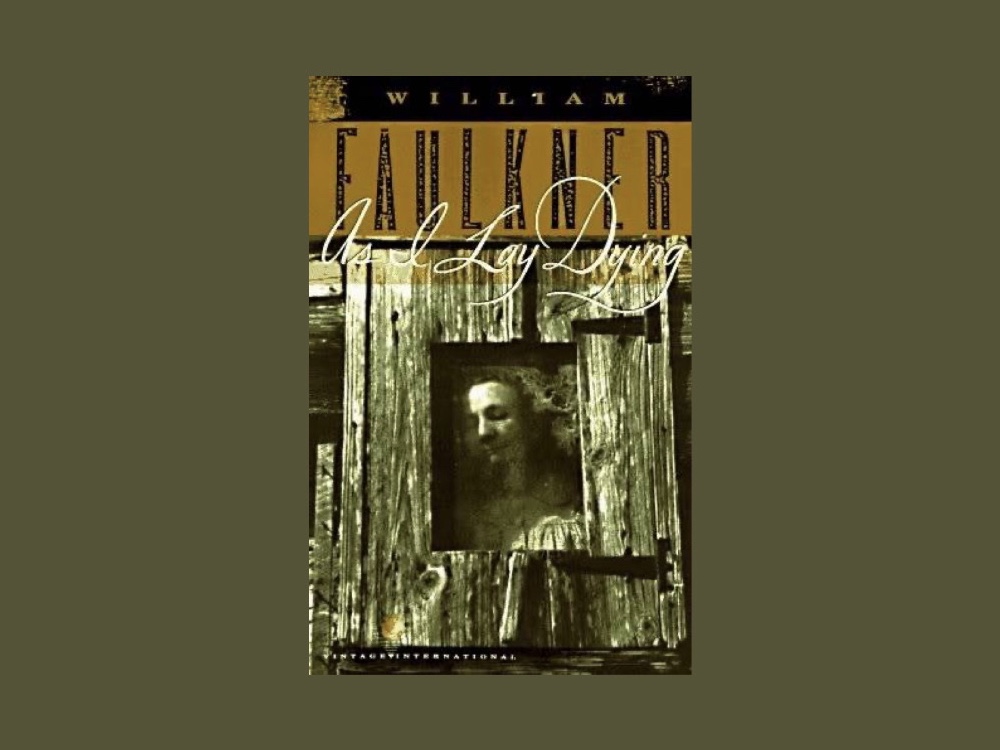As I Lay Dying (1930), in the fiction Southern Gothic genre, is written by the Nobel Prize laureate, William Faulkner. This book is about a family in the South who loses their mother and goes on a journey to bury her. I chose to read this book because my friend started reading a Faulkner novel, The Sound and the Fury(1929), too.
This novel is narrated by 15 characters, all shifting perspectives and writing styles and given a full chapter. This style of narrative combined with a literary technique that he often uses, stream of consciousness, creates an intimate atmosphere. I felt as if I were a character too, going on adventures. Another aspect I enjoyed was the subtle, underlying tension between the reader, and the characters within the book. The characters partially unravel things about themselves or others; and if you are clever enough, you can make out the dark secrets that this family holds. This is not the main focus nor was it appropriate to write about some of the topics, so it is only lightly shaded, so discovering these makes you nervous reading this. There are different levels of reading that can be done.
There were some metaphysical aspects which I thought was interesting that Faulkner included. Him being from the South, I didn’t expect him to sprinkle these elements. He didn’t overdo it, which worked best for me.
Some people may not enjoy this because it is written in a post-modernist style, where there is not a linear narrative (the 15 narrators). In addition, the book is difficult to follow at first due to everyone’s scattered and unclear thoughts, and the book starting in in media res.
However, overall, I think this book is a great book if you like finding hidden meanings as there is plenty to analyze. I give this book a rating of 8/10.
Fun Fact: Faulkner claimed to have written this novel in the course of six weeks, in the late hours of midnight to 4 am, and made no changes to it. (Faulkner made this claim in the introduction to Sanctuary, (Modern Library ed. 1932) cited A. Nicholas Fargnoli, Robert W. Hamblin, Michael Golay, William Faulkner; A Critical Companion Infobase 2008, pp.43–56 p.44)

